The berry growing guide: How to grow strawberries, boysenberries, blackberries, raspberries and gooseberries in New Zealand
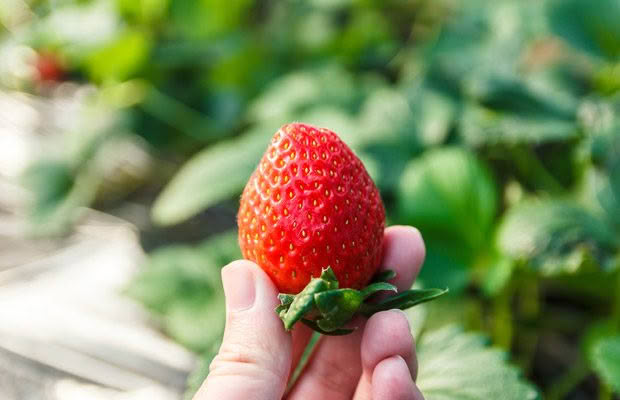
It’s a berry good time of year to plant these varieties in the backyard.
Words: Nadene Hall and Jane Wrigglesworth
1. Strawberries and alpine strawberries
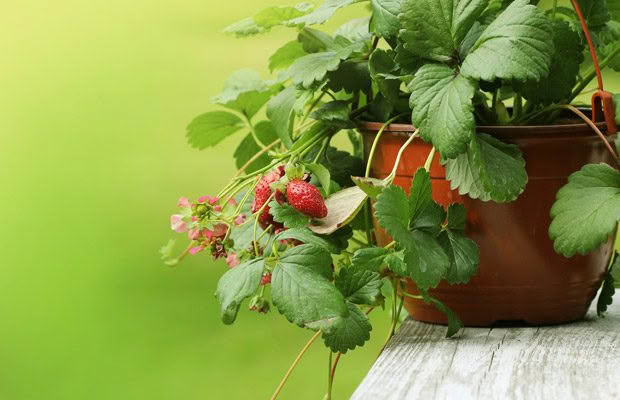
Nutrient density score: 17.59
Why they’re nutritious: Strawberries are high in antioxidants, vitamin C, and folate.
Germination: Only alpine strawberries are grown from seed. The seeds need cold stratification to sprout. Place seeds in an airtight container and put in the freezer
for 2 to 4 weeks.
Sow in starter pots: Just press the seeds onto the soil surface — don’t cover with soil. Place them where they will get direct sunlight and in 2 to 3 weeks they will sprout. Water lightly and daily during this time.
Transplant/direct sow: There are two types of strawberries — the common strawberry and the alpine strawberry. Alpine strawberries are the smaller of the two, but they fruit over a longer period. Once the seedlings get their third leaf, they can be transplanted to larger containers or outside. For the larger, cultivated strawberry, plant crowns outdoors as soon as purchased.
Growing conditions: Plant in full sun. Dig in plenty of organic matter such as compost or aged manure.
Growing tips: Mulch with straw to keep the fruit off the soil, otherwise they may decay. When flower buds appear, feed fortnightly with seaweed fertilizer. When strawberries stop fruiting, they send out runners. Let them put down roots then cut them from the parent plant to make new plants. Strawberries are at their best for three to four years; dig out the parent plants when three or more years old and compost them.
Days to harvest: Alpine strawberries: 1 year. Common strawberries: 30 days after flowering.
Variety recommendations: ‘Pajaro’, ‘Chandler’, ‘Camarosa’, ‘Strawberry Sundae’. Alpine: ‘White Alpine’, ‘White Alpine Pineapple’, ‘Red Alpine’.
READ MORE: Strawberry growing for beginners
2. Blackberries, boysenberries, raspberries
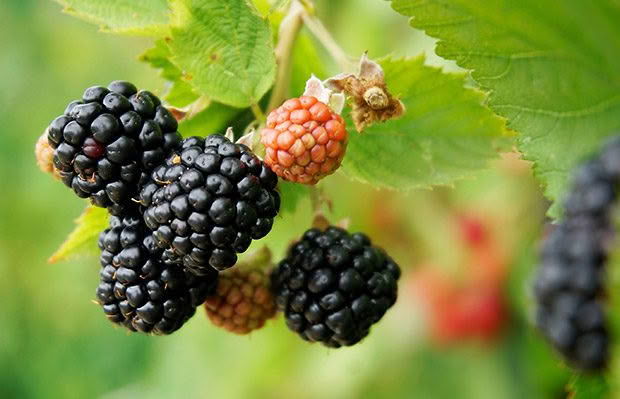
Best planting time: winter or spring
Pollination: all are self-fertile
Soil: will grow in most soils, except clay; prefers it to be slightly acidic and well-draining.
Spacing: ideally 1-2m but will grow and ramble as far as allowed.
Yield: 5-6 blackberry plants will feed four people over summer.
TIPS
Pick a sheltered, sunny spot, against a fence or trellis, with afternoon shade.
• brambles have shallow roots so hand-weed – don’t disturb the soil – and add mulch or compost around the base.
• they like a lot of water as fruit mature – don’t let the soil dry out at any time, and always water at the root line.
• feed with a balanced fertiliser – if you overdo the nitrogen, plants will be leafy but won’t fruit well.
• different brambles have different pruning requirements for plants to produce berries and regenerate. Visit www.edible.co.nz/pruningbrambles.php
READ MORE: Tips to growing, pruning and picking perfect raspberries
3. Gooseberries
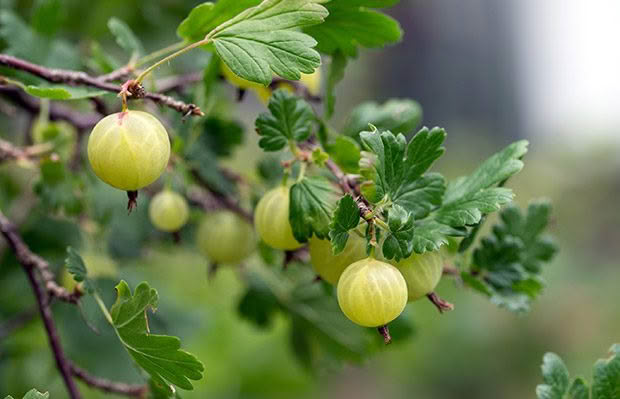
Best planting time: all year round
Pollination: self-fertile
Soil: tolerant of most free-draining soils, but prefers it to be more acidic.
Types: there are red and green varieties, most are tart, but varieties Pax and Invicta can be eaten fresh when well ripened.
Spacing: 1m
Yield: 5-6kg once mature, fruit will appear in Year 2.
TIPS
• gooseberries need a sheltered spot with morning sun only, or partial shade through the day.
• shallow roots so keep well-watered when fruit is developing and don’t allow to dry out – gooseberries are not drought-tolerant.
• do best in areas with cold winters (Auckland-south); fresh spring growth will need protection from frost.
• usually VERY thorny but Pax is almost spineless.
• early berries make great chutney, later berries are sweeter for jam, pies, muffins and wines.
READ MORE: A guide to growing gooseberries in New Zealand
4. Cape Gooseberries
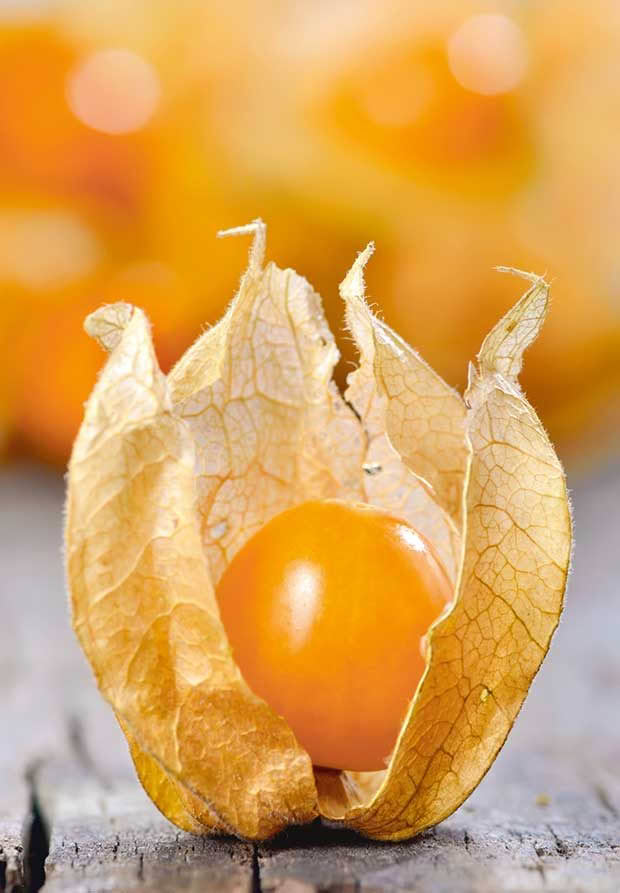
Best planting time: early spring
Pollination: self-fertile
Soil: tolerant of many soils, prefers free-draining, doesn’t like wet feet
Spacing: 90cm
Yield: approx. 300 berries per plant
TIPS
• Sow new plants each year; plants can go through winter but never fruit as well as in their first year.
• Frost-tender but mostly pretty hardy plants, not requiring any special feeding.
• grows like a tomato plant so give it a frame to grow up.
• likes a sunny spot but will tolerate a little shade.
• fruit is encased in a paper-like husk; don’t eat until fruit is a deep yellow-orange colour; green, unripe fruits are toxic.
• flavour is a mix of tart and sweet, can be eaten fresh, used in salads, as a sauce with fish, or in jams and desserts, especially if dipped in chocolate.
Love this story? Subscribe now!
READ MORE:
 This article first appeared in NZ Lifestyle Block Magazine.
This article first appeared in NZ Lifestyle Block Magazine.
